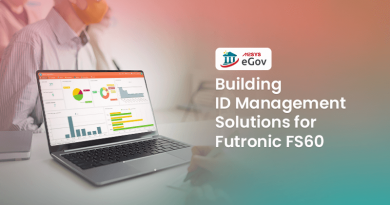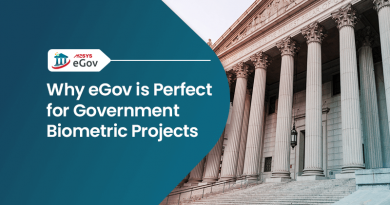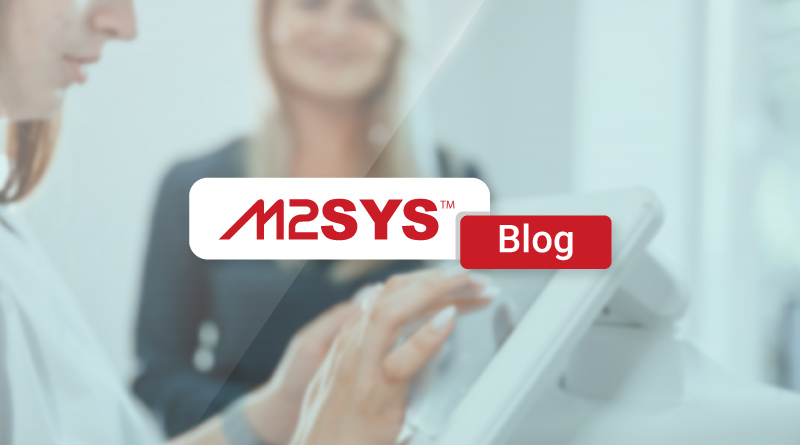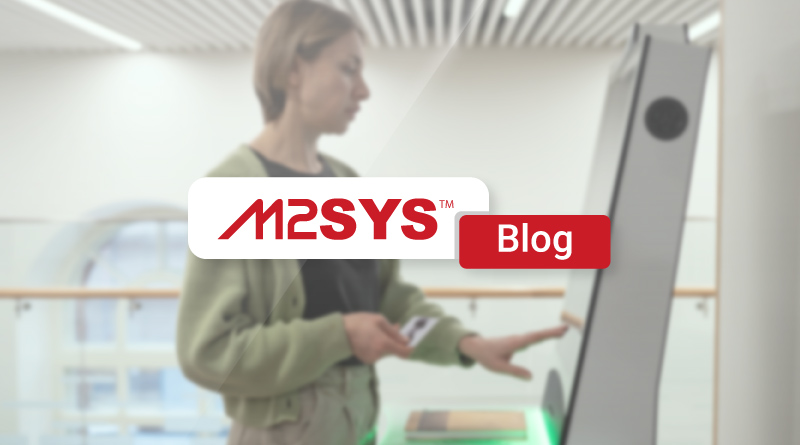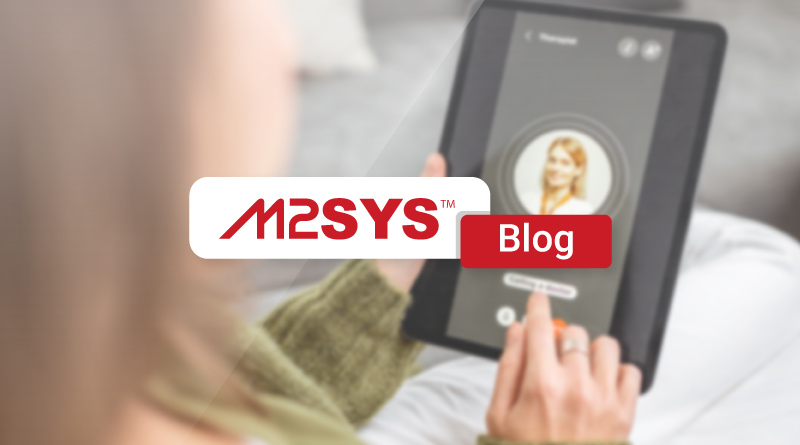Secure Transition Strategies for Legacy Government Systems
Government agencies face the challenge of modernizing legacy systems, which consume 70% of federal IT budgets. These outdated systems pose security risks and operational inefficiencies. Effective strategies, such as phased deployments and secure integrations, are essential to ensure seamless transitions without disrupting public services.
TL;DR
Government agencies face the challenge of modernizing legacy systems, which consume 70% of federal IT budgets, without disrupting services. These outdated systems pose security risks and operational inefficiencies, with cyber threats increasing by 30% annually. Modernization is crucial for cost savings and improved service delivery, but must be approached carefully to avoid public trust issues.
- Legacy systems are vulnerable to cyber threats and costly to maintain.
- Modernization can reduce operational costs by up to 40%.
- Phased deployments and cloud solutions minimize service disruptions.
- Secure integration protects sensitive data during transitions.
- M2SYS eGov offers proven strategies for seamless modernization.
For a successful transition, agencies should partner with experienced providers like M2SYS eGov, which offers AI-driven solutions to enhance efficiency and security. Learn more about how M2SYS can assist your agency in modernizing legacy systems without interruptions. Contact us today to explore tailored solutions for your needs.
Secure Transition Strategies for Legacy Government Systems
Did you know that an astonishing 70% of federal IT budgets are still dedicated to maintaining outdated systems, as highlighted by the Government Accountability Office? This significant allocation of resources underscores a critical challenge for government agencies striving to meet modern demands. Government leaders face immense pressure to upgrade aging infrastructure without causing costly disruptions. Many of these systems, developed decades ago, now pose serious risks to security and operational efficiency. However, rushing these changes can lead to service interruptions that undermine public trust. Therefore, agencies need smart strategies to navigate these transitions effectively.
What Are the Risks Associated with Legacy Systems in Government?
Legacy systems often run on outdated hardware and software that no longer receive security patches or updates. This vulnerability exposes them to increasing cyber threats, with attacks on government networks rising by 30% over the past year, according to recent cybersecurity analyses. Agencies frequently encounter system failures, soaring maintenance costs, and integration challenges when incorporating new functionalities. For instance, during high-demand periods like tax filing seasons or elections, these antiquated systems can hinder operations and frustrate the public. Contractors and system integrators also face difficulties, as they must integrate old technology with modern solutions, often resulting in project delays and budget overruns. Ignoring these issues only exacerbates the problems, increasing the risk of catastrophic failures.
Why Is Modernization Crucial for Government Agencies?
Upgrading legacy systems enhances service delivery and results in substantial cost savings. Research from Deloitte indicates that modernized systems can reduce operational costs by up to 40% through advanced automation and efficient data management. Agencies become more agile, enabling quicker responses to citizen needs, such as streamlined application processing or seamless information sharing. Nevertheless, the modernization process can be daunting for leaders, given past incidents of downtime or data breaches. A notable example involved a major city’s failed upgrade that paralyzed public services for several days, sparking public outrage. Consequently, agencies are pursuing incremental methods that allow updates without interrupting daily operations. This benefits integrators as well, facilitating timely and budget-conscious project completions and fostering robust collaborations.
Strategies for Modernizing Legacy Systems Without Interruptions
Agencies can start by conducting thorough assessments of their existing infrastructure and identifying priority areas. Mapping out system dependencies helps prevent disruptions to essential functions during upgrades. Implementing phased deployments is key, where small modifications are tested in controlled settings before full implementation. This method reduces risks and ensures continuous service availability. Cloud-based solutions, for example, support parallel operations, allowing new systems to coexist with legacy ones until they are fully operational. Furthermore, AI Integration tools can detect potential issues early, enabling prompt resolutions. Through these approaches, governments can sustain operations while progressing toward a more secure and efficient future.
The Importance of Secure Integration in Modernization Efforts
Secure integration is essential for linking legacy and modern systems without compromising sensitive data. Agencies employ encrypted channels and adhere to compliance frameworks to safeguard citizen information throughout the transition. This is particularly critical, as data breaches cost governments millions each year, according to FBI statistics. Integrators depend on these practices to ensure smooth audits and compliance with standards like HIPAA or GDPR. By prioritizing security from the outset, agencies mitigate vulnerabilities that cybercriminals target in outdated environments. This builds confidence among stakeholders and the general public.
How M2SYS eGov Facilitates Legacy System Modernization for Governments
With over 20 years of expertise collaborating with governments globally and in the US, M2SYS offers reliable strategies to address these challenges. The M2SYS eGov platform develops and deploys eGovernance solutions that support seamless transitions. It enables agencies to maintain applications without risks during upgrades, guaranteeing uninterrupted services. In Yemen, for example, M2SYS assisted the Supreme Commission of Elections and Referendum in modernizing their voter registration system, establishing a digital database for 14 million citizens that minimized disputes and enhanced trust. In Nigeria, a partnership with the Nigerian Communications Commission registered over 140 million users, improving security and compliance without operational halts.
In the United States, M2SYS collaborated with the City of Columbia in South Carolina to enhance workforce tracking across 50 offices, boosting accuracy and reducing costs through streamlined processes. Another success in Las Vegas involved the Department of Leisure Services, where outdated access systems were replaced, efficiently serving over 20,000 residents without downtime. These cases illustrate how M2SYS eGov leverages AI tools and secure cloud infrastructures to introduce new features gradually. Agencies can address issues swiftly, even with constrained IT resources, achieving deployments that reduce costs by up to 95%.
Benefits of Risk-Free Maintenance for Agencies
Risk-free maintenance ensures systems remain functional during updates. Agencies can perform ongoing adjustments and repairs without complete shutdowns, which is vital for those operating on limited budgets. This approach curbs cost escalations, as Gartner data reveals that poorly planned modernization projects often exceed budgets by 50%. It also facilitates compliance through ready-to-use reporting for audits, simplifying inspections. As a result, leaders can prioritize service excellence over emergency responses. Vendors and integrators experience smoother collaborations, delivering outcomes that meet agency objectives.
Initiating the Modernization Journey for Government Leaders
Leaders should first identify existing challenges and partner with experienced providers. Platforms like M2SYS eGov offer automation tools and AI-driven support for citizen engagements, leading to improved efficiency. Automating routine tasks, for instance, allows staff to focus on critical duties, alleviating administrative loads. These strategies ultimately fortify public services against emerging threats. Agencies prepared to proceed can investigate how such solutions align with their requirements, setting the stage for secure and successful transitions.
FAQs on Modernizing Legacy Government Systems
- What are the main risks of maintaining legacy systems?
Legacy systems pose significant risks due to outdated hardware and software, which no longer receive security patches, making them vulnerable to cyber threats. Learn more about overcoming these Digital Challenges.
- Why is it crucial for government agencies to modernize their systems?
Modernization enhances service delivery and reduces operational costs by up to 40%. It also improves government responsiveness and data management efficiency. Explore how M2SYS eGov can assist in this transformation.
- How can agencies manage the transition without disrupting services?
Agencies can use phased deployments and cloud-based solutions to maintain operations during transitions. Discover strategies to accelerate with Legacy Integration.
- How does secure integration protect data during system upgrades?
Secure integration uses encrypted channels and compliance frameworks to protect sensitive data. Learn how AI Security can play a role in this process.



